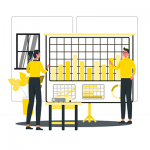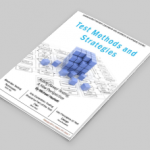At VISTACON 2011, Jane sat down with LogiGear Sr. VP, Michael Hackett, to discuss complex systems.
As an industry veteran with more than fifteen years of experience, Jane Fraser brought her expertise from the e-commerce and telecom industry to the online gaming world when she joined Pogo in 2004. In her role as QA director, Jane oversees the QA department which includes Pogo.com, Club Pogo, Facebook games, iPhone games and a downloadable business. She has successfully launched more than 60 games in six territories including Scrabble and Battleship. During her time with Pogo, Jane has provided leadership, established testing process, and managed a team of testers, which she has grown from six to a robust team of eighty in six countries. Prior to joining Pogo, Jane tested products from Word Processing and Desktop Publishing, cell phone services, e-commerce sites, and ticket forwarding and management products.


















